In the sprawling meadows of Srinagar's Harwan, a silent testament to Kashmir's ancient Buddhist legacy stands resolute—a monastery, weathered by time yet steadfast in its presence.
This exceptional relic of history has transformed the picturesque landscape into a captivating canvas of historical intrigue, offering us a tantalizing glimpse into a saga that continues to scatter its ruins across the divided terrain. Its essence is akin to a whispered tale from eras long past, a delicate thread weaving the present to a sundry history.
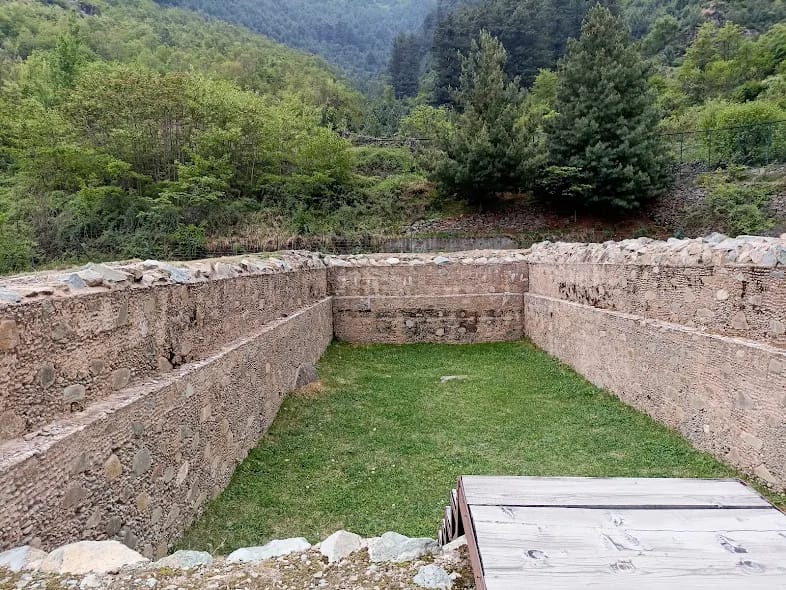
As one meanders through these hallowed grounds, the winds of history seem to carry secrets from centuries ago, beckoning us to unravel the stories etched meticulously in the stones and ruins strewn across the lush green meadows.
Secluded from the urban bustle, the serene outskirts of this area render the air symphonic with tranquility.
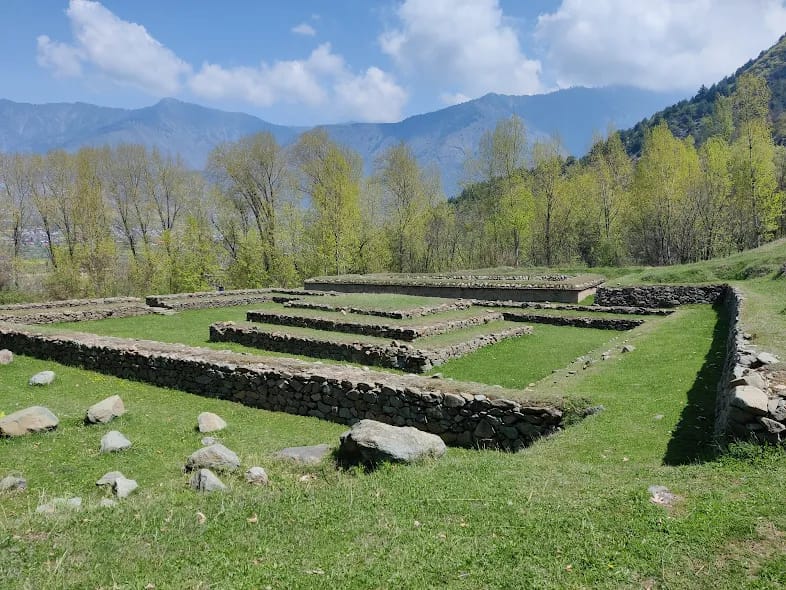
When I found myself before the dilapidated remnants of the ancient Buddhist Monastery, it was a challenge to fathom its historical significance. Little did I know that this place had hosted the influential 4th Buddhist council of the Sarvastivada school during the 1st or 2nd century CE, a gathering aimed at reconciling the divergent doctrines of Mahayana Buddhism, marking a pivotal turning point in the evolution of Buddhism.
Throughout history, Kashmir held a unique position, serving as a crossroads for great civilizations due to its strategic geography. The region acted as a vital link connecting Southern Iran, Gandhara, Bactria, and Kashmir itself, functioning as a crucial corridor that facilitated the spread of Buddhism across the formidable Himalayas, enabling its journey through the renowned Silk Route to the rest of Asia.
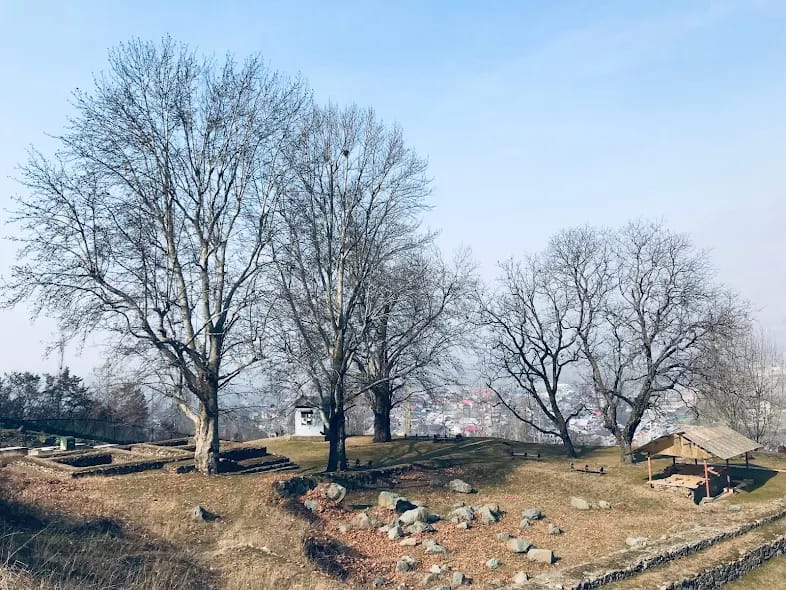
At that time, echoes of Buddhism reverberated far beyond the borders of this picturesque region, leaving an indelible mark on the cultural landscape across Central Asia, Afghanistan, Pakistan, Kashmir, and Tibet. The iconic "Gandhara" sculptures, scattered across these lands like ancient storytellers, stood as tangible testaments to the fervent devotion that once thrived here.
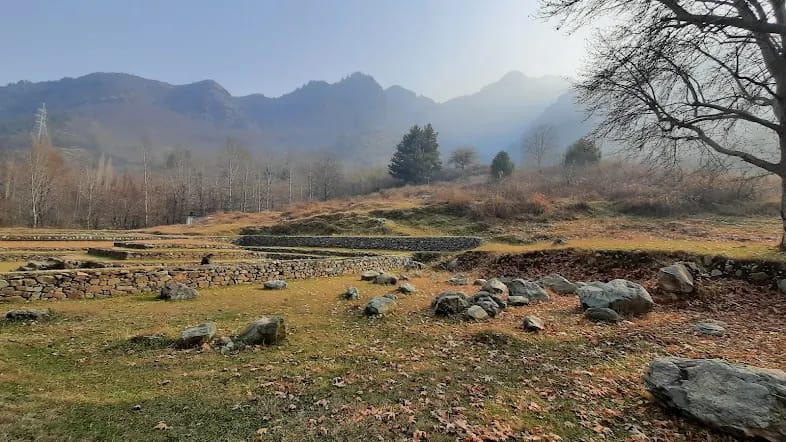
However, as time marched inexorably forward, the tides of change swept over the land of Kashmir. Hinduism emerged in the 8th century, followed by Islam in the 14th century, gradually eclipsing the once-flourishing Buddhist legacy.
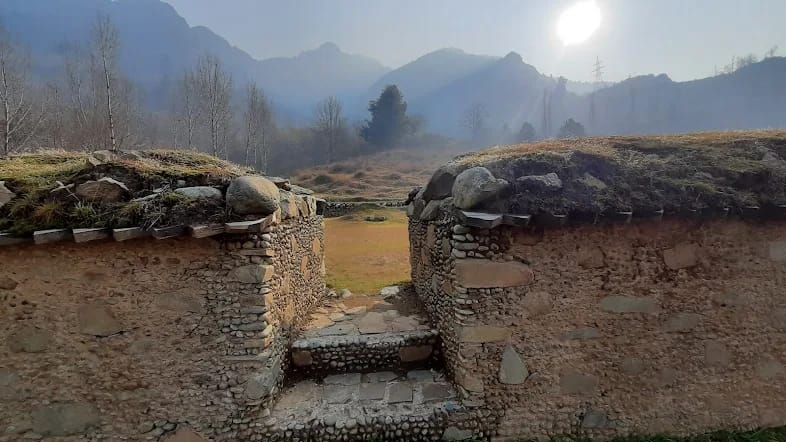
The remnants of the Harwan monastery, constructed sometime between the 1st and 6th centuries CE, now stand as poignant reminders of this forgotten era; the story of Kashmir's Buddhist heritage, once inscribed in stone and hearts alike, seemed to wane into the annals of history, obscured by the relentless passage of time.
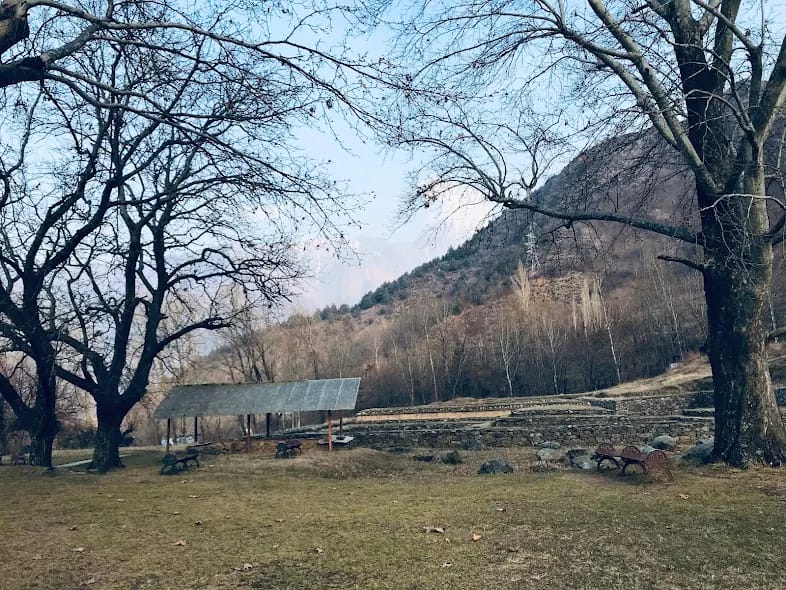
Nevertheless, historian Manan Shah, who holds an Honors Degree in Archaeology and Ancient History from Maharaja Sayajirao University, Baroda, India, asserts that the Buddhist legacy persists even in contemporary times.
When we contemplate the legacy of Buddhism in Kashmir, we find many established elements and architectural features that suggest this legacy endures. Take, for instance, the Shahi Hamadan shrine in Srinagar, whose architecture draws inspiration from preceding cultures and religions. Its structure is a fusion of three different religions: Buddhism, Hinduism, and Islam.
The uppermost part, called the "Anda & Chatri," has been incorporated from Buddhism, the middle resembles a temple structure, and the intricate bottom is influenced by Islamic architecture. These shifts in religion didn't occur overnight; they were a gradual process materializing over many decades.
"While there was this shift from one religion to another, people had incorporated basic elements of that institution - in spite of what religion they follow," Manan Shah shared with The Himalayan Post.
This subtle interweaving of legacies reflects the resilience and adaptability of cultures throughout the ages, a testament to the rich tapestry of history that shapes our contemporary world.